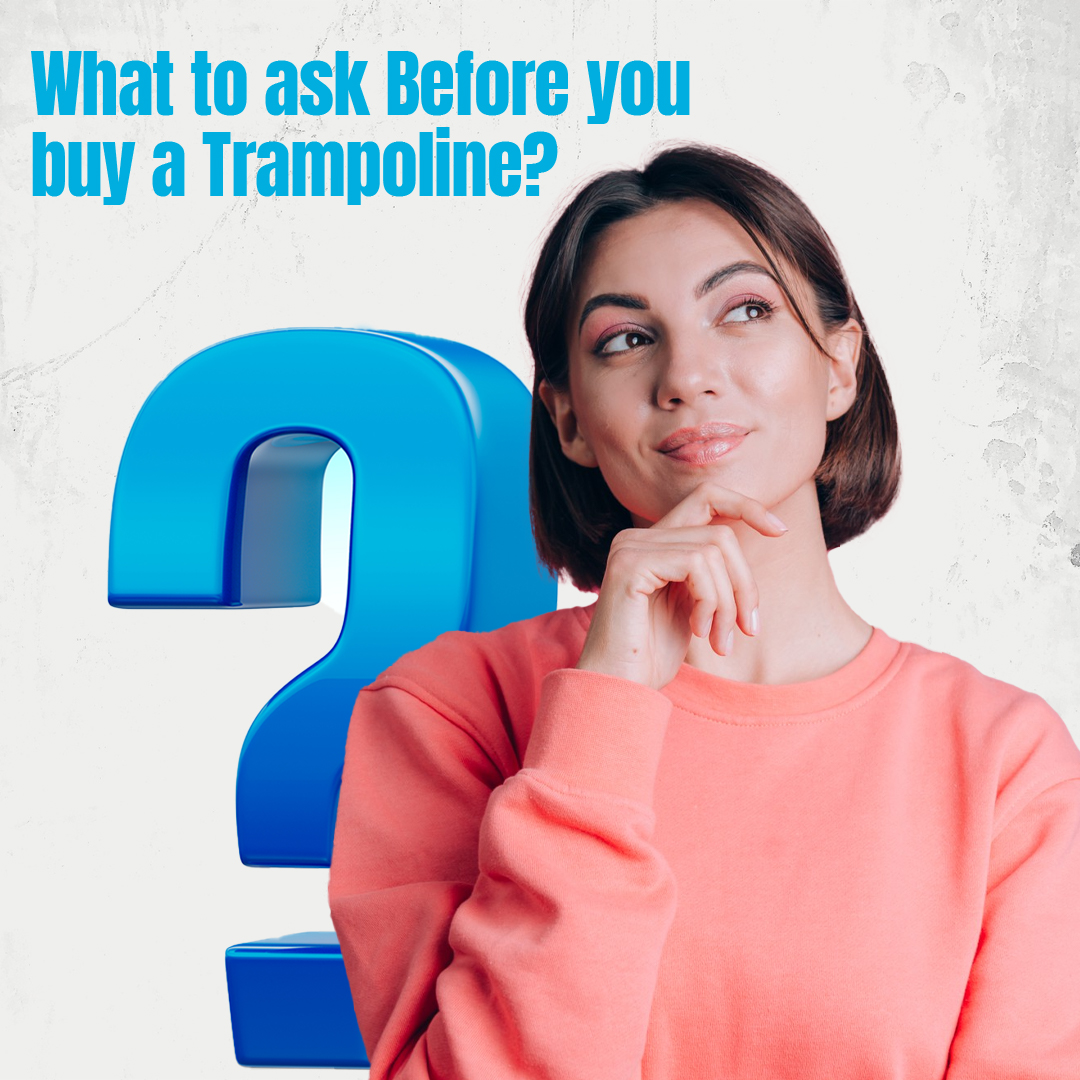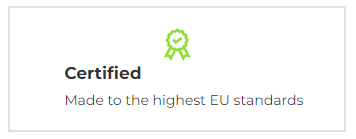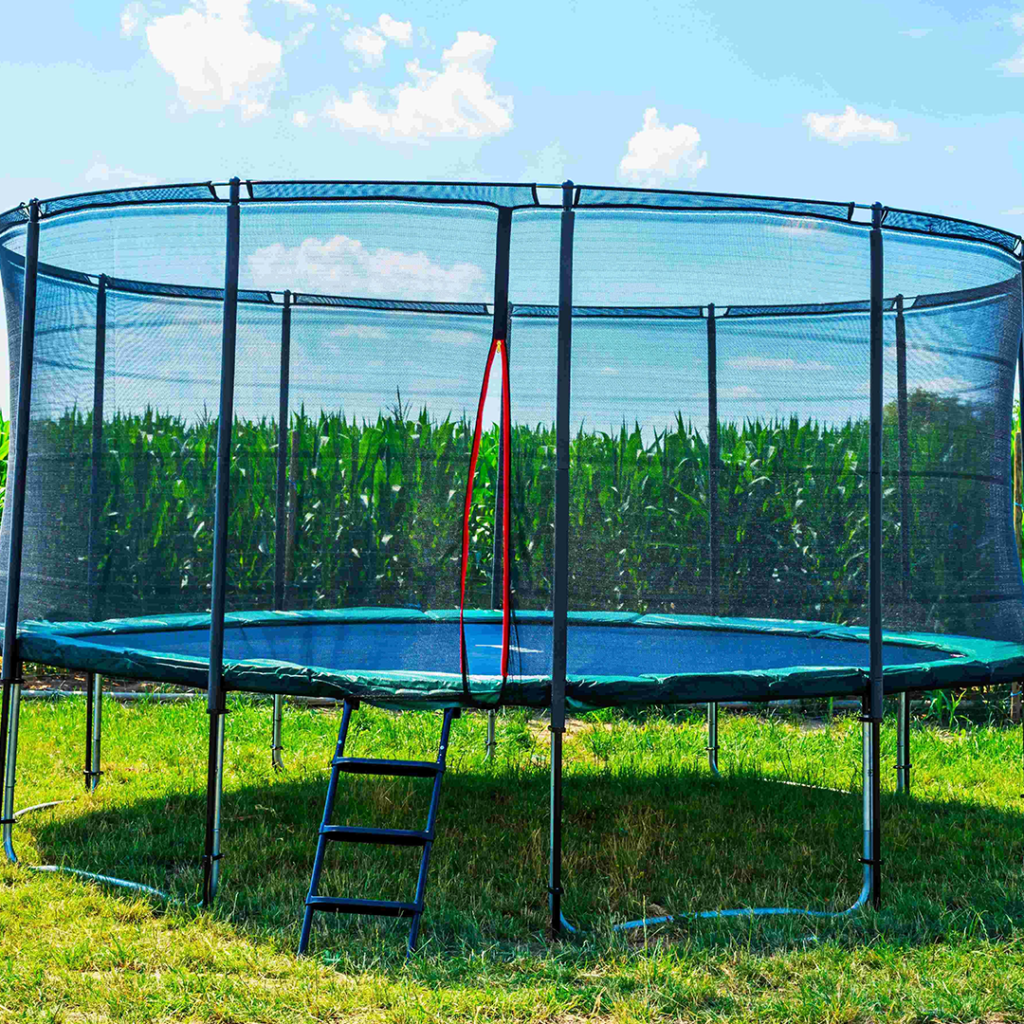
Before you jump into the fun world of trampolines, let’s ask some important questions. Trampolines are exciting, but is the one you’re eyeing up for fun or a quiet supporter? Let’s find out—check how it’s put together, understand the warranty, and see if it can handle your best jumps. Is it good against the sun and bad weather? Is it strong enough for all your cool moves? These questions are like important steps for choosing the perfect trampoline. Get ready, your trampoline is waiting for you in your garden, so your every jump is awesome!
Determine the Right Size Trampoline for Your Garden

Trampolines are a fantastic addition to any garden, providing hours of fun and exercise for the entire family. However, choosing the right size trampoline for your garden is crucial to ensure both safety and enjoyment. There are several factors to consider when determining the ideal trampoline size, including the available space, the age and skill level of the users, and your budget. In this article, we’ll guide you through the process of finding the perfect trampoline size for your garden.
Measure Your Garden Space
The first step to choosing the right trampoline size is measuring the available space in your garden. It’s essential to have a clear understanding of the dimensions you’re working with to avoid any disappointment or safety issues. Please take into account not only the diameter of the trampoline or length and breadth in case of rectangle trampoline uk, but also the clearance space around it. You should have at least 6-7 feet of clear space on all sides to ensure safety and prevent accidents.
Consider the Skill and Age Level of Users
The size of the trampoline should align with the age and skill level of the primary users. Smaller trampolines, typically 10 feet, are suitable for young children and beginners.
If your family includes older children or adults who are more experienced, consider a bigger trampoline, possibly in the 12-15 feet range, to provide ample space for more advanced tricks and activities.
Consider Safety Features Like Enclosure Nets and Padding

Trampoline with enclosure should be at the top of your checklist. Look for essential features like:
Enclosure netting: This is a must-have. Net encloses the entire trampoline and prevents falls and injuries. Ensure the net is tightly woven, securely attached, and has a minimum of 5ft height.
Safety padding: Thick padding that covers the springs, hooks and frame will prevent scrapes and bruises. Look for padding specifically made for trampolines, weather-resistant and securely attached.
Frame padding: The metal frame and any exposed springs or hooks should be fully padded. Padding should be at least 1 inch thick, securely attached and made of weather-resistant material.
Maximum weight rating: Choose a trampoline with a maximum weight limit suitable for the heaviest person. Exceeding the weight limit risks damage and injury.
Rust-resistant materials: Choose a trampoline with rust-resistant parts, especially if kept outside. Galvanised steel frames and stainless steel springs will last longer.
By checking all the safety boxes, you’ll ensure years of fun for the whole family. After all, there’s nothing quite like the joy of bouncing!
Compare Frame Materials: Steel vs Aluminium
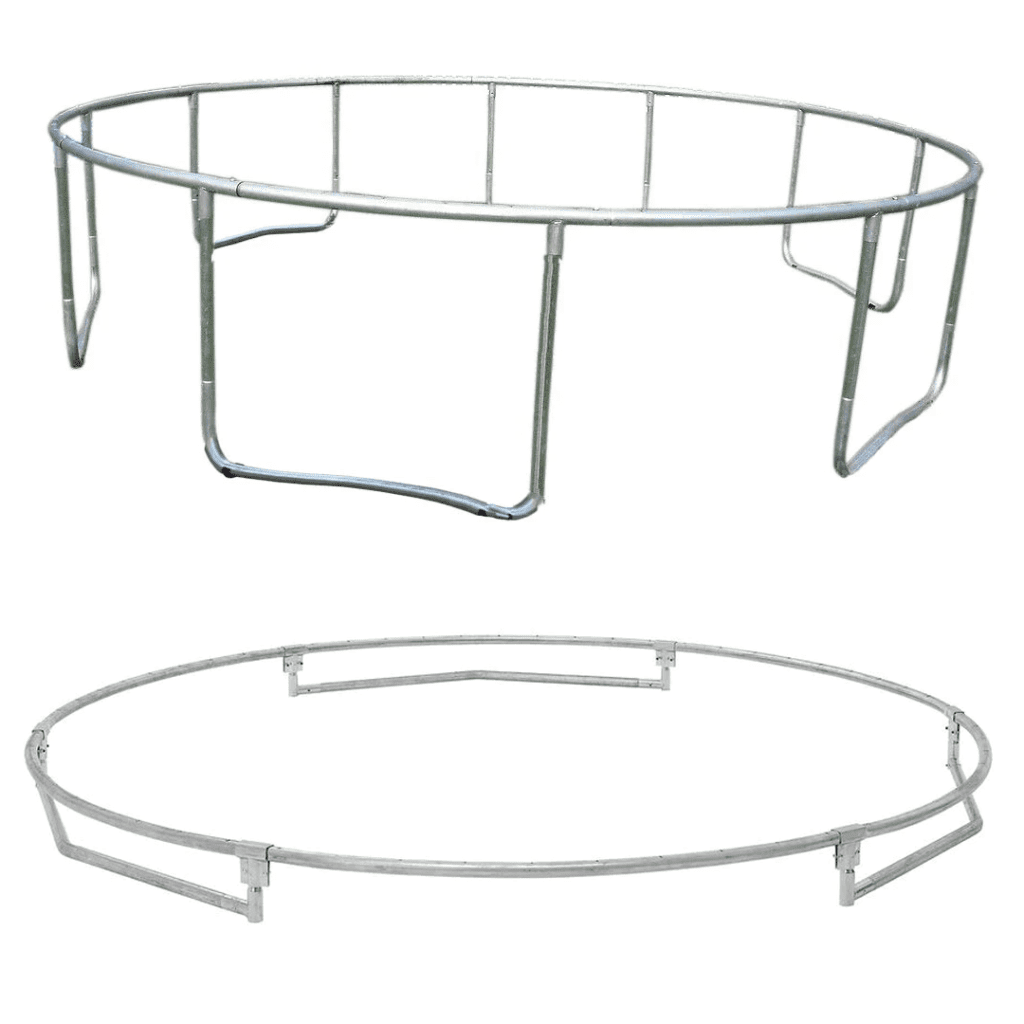
When comparing trampoline frame materials, the two most common options are steel and aluminium. Both have their pros and cons, so consider which factors are most important to you.
Steel
Steel frames are the most affordable and durable. With proper maintenance, they can last for 10 to 15 years.
Steel is sturdy and heavy, but easy to assemble.
Look for a model with safety padding that provides UV protection and insulation.
Aluminium
Aluminium may bend or warp faster than steel when under high stress from frequent use or overloading the weight limit. Models with thicker aluminium tubing and reinforced welding tend to be the most durable.
Above-Ground and In-Ground Trampolines
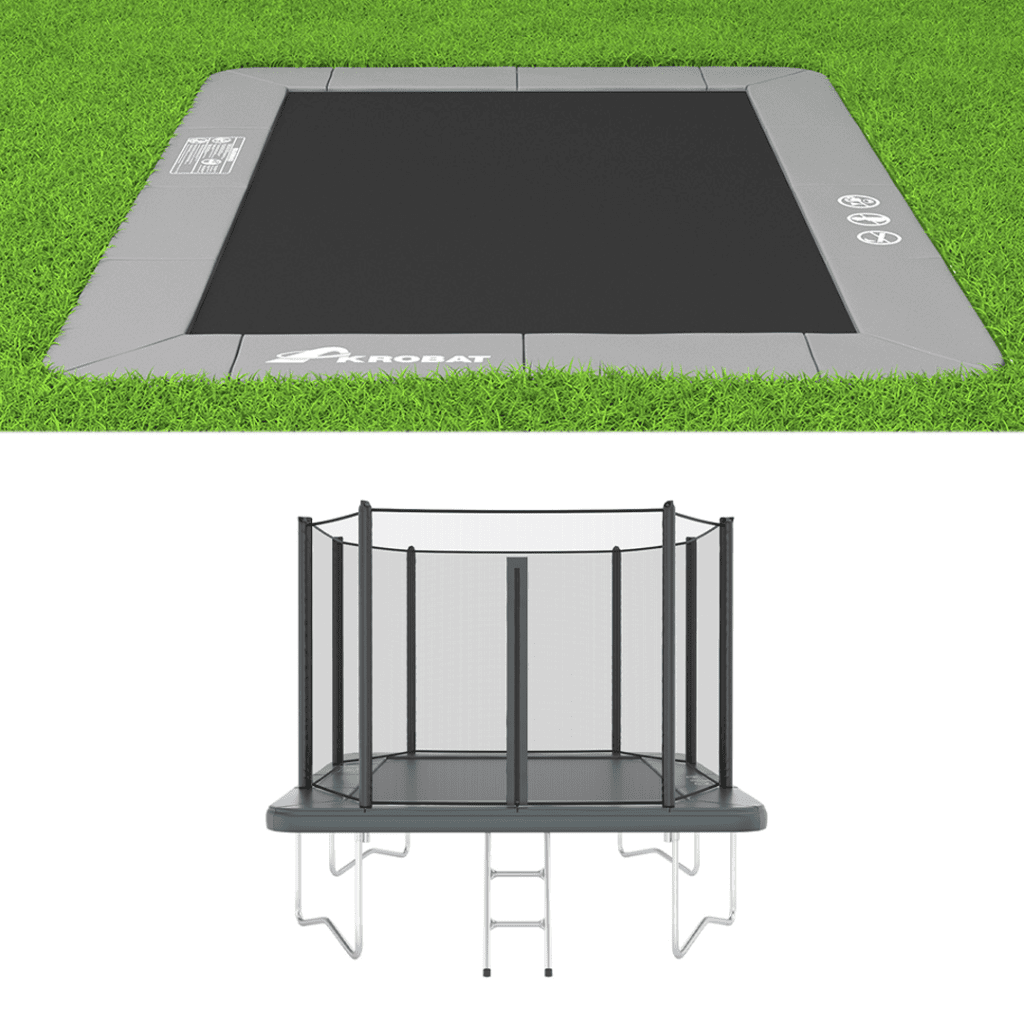
Whether you want an in-ground or above-ground trampoline, there are pros and cons to consider for your space and needs.
Above-ground
Above-ground trampolines are the most common and affordable option. They sit on legs above the ground, making them portable and easy to move. However, their height means they can be unstable, and the springs and padding are exposed. For safety, look for models with:
• Heavy-duty galvanised steel construction
• Thick, UV-resistant safety padding that covers the springs
• Securely anchored legs for stability
• A sturdy safety net enclosure
In-ground
In ground trampolines are set into a pit in the ground, so they provide the most stability and safety. However, they are permanent once installed and are often the most expensive type. Things to consider:
• Do you have the space to dig a large pit? In-ground trampolines require a hole at least 3 to 4 feet deep.
• In-ground trampolines should be professionally installed for safety and warranty purposes.
• In-ground trampolines may require concrete footings and anchor points to prevent shifting, adding to expenses.
Whether above-ground or in ground trampoline uk, the most important thing is to choose a trampoline that suits your needs, budget, and safety standards. Do thorough research, compare brands and models, and ensure any trampoline you buy is properly installed and maintained for years of safe jumping fun.
Conclusion
So there you have it, the key things to consider before buying a trampoline. By asking the right questions about size, shape, safety features and warranty, you’ll have a trampoline that provides years of bouncing fun for your family. The most important thing is to make sure you get the right trampoline for your space that has proper safety padding and netting and a warranty that gives you peace of mind. If you do that, you’ll jump for joy at your purchase. Now get out there, find an excellent trampoline and may the bouncing begin!
Look for sturdy frames, quality springs, and a reliable enclosure. Ensure it meets safety standards. Read reviews, consider brand reputation, and prioritize features like padding and durability.
Cheap trampolines may compromise on safety and durability. Invest in a mid-range or higher-priced trampoline for better quality, ensuring a safer and longer-lasting experience.
The most common size is 12ft, suitable for various yards and families. Consider the available space, the age and number of users, and intended activities when choosing the size.
Round trampolines are often recommended for safety. They direct users toward the center and have a predictable bounce. However, personal preference and space considerations can influence the choice.
Yes, there’s a notable difference in size and bouncing area. A 14ft trampoline provides more space for users and tends to have a slightly higher bounce compared to a 12ft trampoline.

